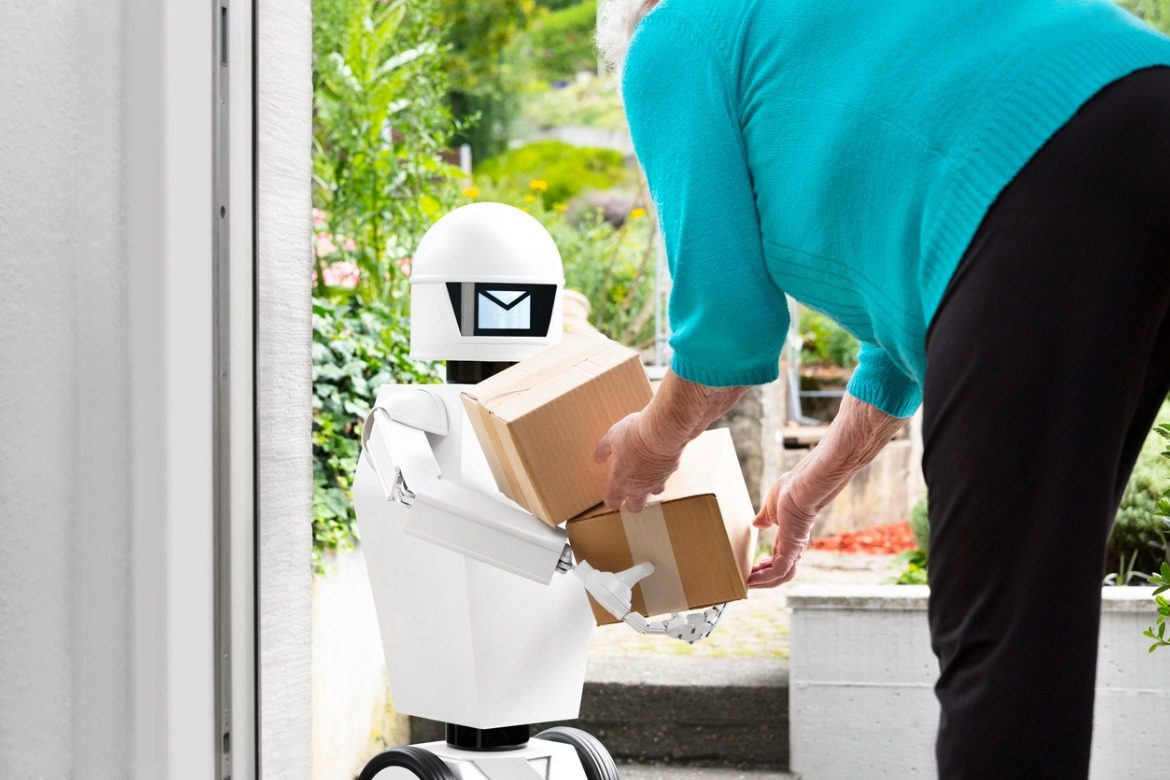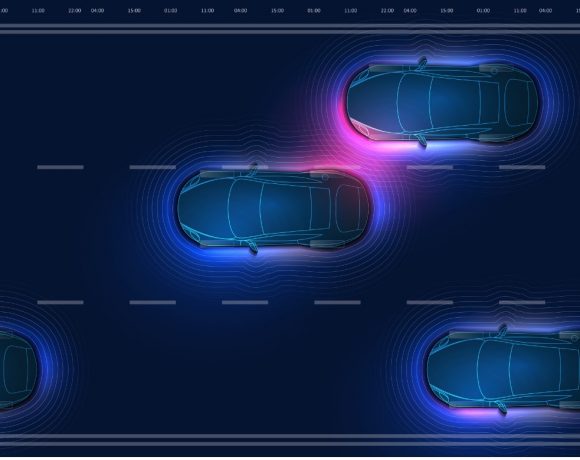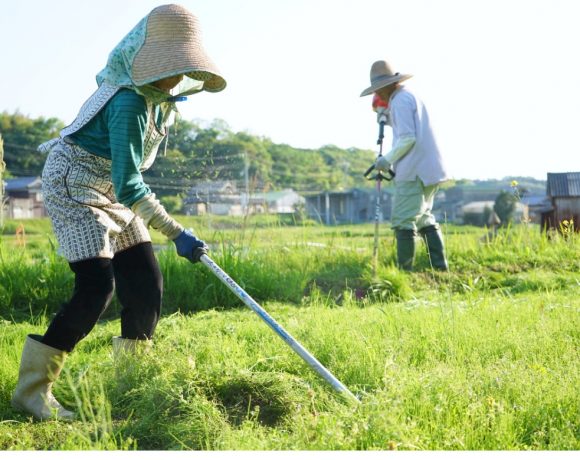- South Korea has the world’s highest robot density in manufacturing industries, with 932 robots per 10,000 employees.
- In South Korea, the service-centred robots market is also expanding and diversifying in fields such as cooking, serving, delivery, healthcare, surgery care, security, architecture, agriculture and even national defence.
Automated, contact-less services, as a result of the perennial Covid-19, have become popular, and the adaptation of robots in myriad industries is expanding rapidly worldwide. Digital contact has been made possible through the convergence of ICBM (IoT, Cloud, Big Data, Mobile) technologies and 5G. Robots, together with AI, are leading the digital transformation to realise the digital contact of industries. In South Korea, robotics development is in full swing in large conglomerates such as LG, Samsung and Hyundai. Telecommunication companies including SK, LG Uplus and KT are also stepping into the robotics industry with efforts to combine robotics technology and their own Big Data / Cloud competencies.
According to the 2021 World Robotics Statistics released by the International Federation of Robotics, an average of 126 robots are in use per 10,000 employees in manufacturing industries worldwide. The density level has nearly doubled from the previous figure of 66 robots five years ago (2015). The top five most automated countries are South Korea, Singapore, Japan, Germany and Sweden. South Korea is ranked as having the world’s highest robot density in manufacturing industries, with 932 robots per 10,000 employees. After eight years of holding this position since 2010, Singapore topped the list for two years in 2018 and 2019, and South Korea has since regained its top position.
Now, in South Korea, basic manufacturing companies are not the only ones with robots. The service-centred robots market is expanding and diversifying in fields such as cooking, serving, delivery, healthcare, surgery care, security, architecture, agriculture and even national defence. In South Korea, the percentage of service robotics out of the entire domestic robot market increased by 12 per cent and individual service robots by 16 per cent in 2020.
Serving robots are equipped with AI and autonomous driving technology to avoid obstacles and humans while serving. LG and Samsung have jumped into developing different robots for table setting, food delivery/serving and cleaning. During CES 2022, Korean start-up Storant revealed its barista robot for unmanned cafes and an autonomous disinfection robot that cleans restaurant tables and chairs itself. The robots charge themselves when they are low on battery and restart work automatically. Restaurants need to pay only around CHF 500 per month for a serving robot, which is cheaper than hiring a ‘human’ waiter.
In Korean military camps, cooking robots assist canteen cooks in preparing everyday meals for more than 3,000 soldiers. Post-office robots tour Korean IT companies such as Naver to deliver posts and devices employees request for work. Robots help elderly people with Alzheimer’s and children with ADHD in educational and cognitive function strengthening training. University hospitals in Korea are equipped with surgery robots, especially for neurosurgery and brain surgery.
However, despite the rapid growth and application of manufacturing and service robots and active investments in robotics R&D, South Korea is ranked below the United States, Japan and European Union with regard to the competitiveness of its robotics technology. Woong-hee Shon, President of the Korea Institute for Robot Industry Advancement, points out that a control tower in charge of cooperation and coordination at the cross-ministerial level is necessary for Korea to encourage further advancement and application of robotics. Budget allocations and regulations to eventually improve working conditions for all must be thoroughly discussed for South Korea to maintain its top position in robotic use.






NO COMMENT